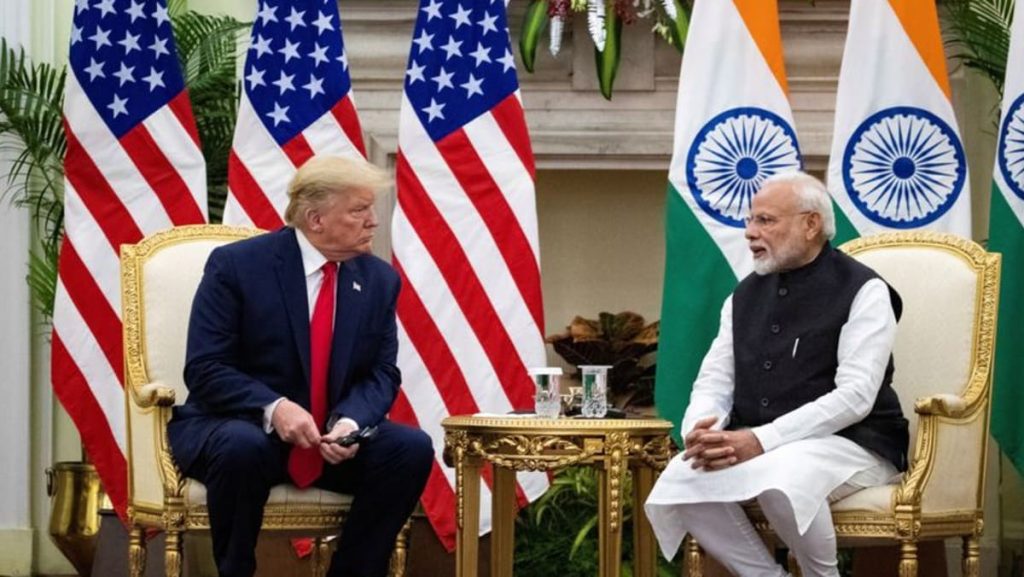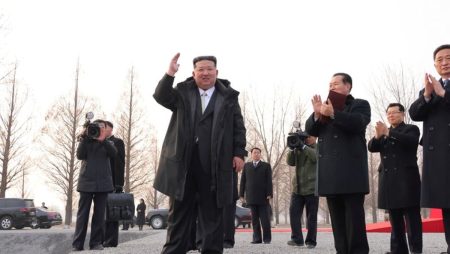Understanding Tariff Rates: A Global Trade Perspective
Tariff rates are a critical component of international trade policy, influencing the flow of goods, economic growth, and geopolitical relationships. According to data from the World Trade Organization (WTO), India’s simple average tariff rate stands at 17%, significantly higher than the United States’ rate of 3.3%. On a trade-weighted basis, the disparity narrows but remains substantial, with India at 12% and the US at 2.2%. These figures highlight the differing approaches nations take to protect their domestic industries and manage global trade. While higher tariffs can shield local businesses from foreign competition, they may also lead to retaliatory measures, increased costs for consumers, and trade tensions. This report explores the implications of these tariff disparities, focusing on the US-India trade dynamic and recent developments in US trade policy under the Trump administration.
Tariff Disparities Between India and the US
The contrast in tariff rates between India and the US reflects fundamentally different trade strategies. India’s higher tariffs are part of a long-standing approach to protect its domestic industries, particularly in sectors like agriculture and manufacturing. The country has historically maintained a cautious stance toward liberalizing its economy, prioritizing self-reliance and gradual openness. In contrast, the US has traditionally embraced a more open economy, with lower tariffs aimed at promoting free trade and integrating into the global market. However, the trade-weighted tariff rates paint a slightly different picture, as they account for the actual volumes of trade, revealing that India’s effective tariffs are lower than its simple average might suggest.
Despite these nuances, the gap between the two nations’ tariff regimes remains significant. The US has often criticized India’s high tariffs as barriers to market access, particularly in sectors like technology, pharmaceuticals, and agriculture. Meanwhile, India argues that its tariffs are necessary to safeguard its developing economy and ensure a level playing field for domestic producers. This divergence in trade policies has occasionally led to friction, as seen in recent US-India trade negotiations. Understanding these differences is essential for resolving disputes and fostering a more balanced trade relationship.
The Steel and Aluminium Tariffs: A Point of Contention
A recent development in US trade policy has brought tariffs back into the spotlight. During his presidency, Donald Trump imposed tariffs on steel and aluminium imports under Section 232 of the Trade Expansion Act, citing national security concerns. The tariffs were designed to boost US steel production, ensuring domestic capacity in case of a war or other crisis. This move was part of a broader "America First" agenda aimed at revitalizing American manufacturing and addressing trade imbalances.
However, the Biden administration has taken a different approach, granting waivers from these tariffs to certain countries. Critics, including former Trump officials, argue that these waivers undermine the original purpose of the tariffs. Speaking to CNBC, Kevin Hassett, a former chairman of the Council of Economic Advisers under Trump, expressed concerns that the waivers have weakened the US steel industry. "Steel capacity went way up, and then all of a sudden, there’s waivers for this and waivers for that. There’s hundreds and thousands of waivers," Hassett remarked. He added that Trump is considering halting these waivers, potentially at a time of his choosing, signaling a return to a more protectionist trade stance.
The debate over steel tariffs highlights the broader tensions in US trade policy. While some argue that tariffs are essential for national security and industrial resilience, others contend that they distort markets, raise costs for consumers, and strain international relations. The issue remains a contentious one, with significant implications for global trade dynamics.
The Implications of Tariff Waivers
The decision to grant tariff waivers on steel and aluminium has sparked debate among policymakers and industry leaders. Proponents argue that waivers can help maintain good relations with US allies and trading partners, encouraging cooperation on broader economic and security issues. For example, granting exemptions to certain countries may prevent retaliatory tariffs and preserve a stable trade environment. Additionally, waivers can provide relief to US industries that rely on imported steel and aluminium, helping to mitigate the inflationary pressures caused by higher tariffs.
However, critics like Hassett warn that widespread waivers undermine the effectiveness of the tariffs. By exempting numerous countries, the Biden administration may be reducing the incentive for domestic steel producers to invest in capacity expansion. This could leave the US vulnerable in the long term, should global supply chains be disrupted. The issue also raises questions about the consistency of US trade policy and its impact on the global economy. As the US navigates complex geopolitical relationships and economic challenges, the use of tariffs and waivers will remain a key area of debate.
India’s Trade Policy and Its Global Implications
India’s high tariff regime is not an isolated phenomenon but part of a broader strategy to safeguard its economic interests. The country has been cautious in opening its markets, particularly in sensitive sectors like agriculture, where millions of small farmers depend on protectionist policies to survive. At the same time, India has been actively engaging in regional and global trade agreements, such as the Regional Comprehensive Economic Partnership (RCEP), to expand its export markets and integrate into global value chains.
Yet, India’s tariff policies have drawn criticism from trading partners, including the US, who view them as barriers to market access. The country has been urged to reduce its tariffs to create a more level playing field for foreign firms and stimulate competition. However, India maintains that its tariffs are necessary to protect vulnerable sectors and ensure a gradual transition to a more open economy. The debate over India’s tariff policies underscores the complexities of balancing domestic interests with global trade obligations.
The Future of Global Trade: Challenges and Opportunities
As the global economy continues to evolve, the debate over tariffs and trade policies will remain central to international relations. The US and India, as two major economies, face unique challenges in balancing their domestic priorities with the need for cooperation on global trade issues. While tariffs can serve as a tool for protecting industries and ensuring national security, they must be carefully calibrated to avoid sparking trade wars or stifling economic growth.
The recent discussions over steel tariffs in the US highlight the broader tensions between protectionism and free trade. As policymakers navigate these complex issues, they must consider the long-term implications of their decisions for both their economies and the global trade system. By fostering dialogue and cooperation, nations can work toward creating a more balanced and equitable trade environment that benefits all stakeholders.
In conclusion, tariff rates are a critical aspect of international trade policy, reflecting the diverse strategies and priorities of nations. While the US and India have distinct approaches to tariffs, the ongoing debate over trade policies offers an opportunity for greater understanding and collaboration. As the global economy continues to navigate uncertain waters, the choices made today will shape the course of trade relations for years to come.












